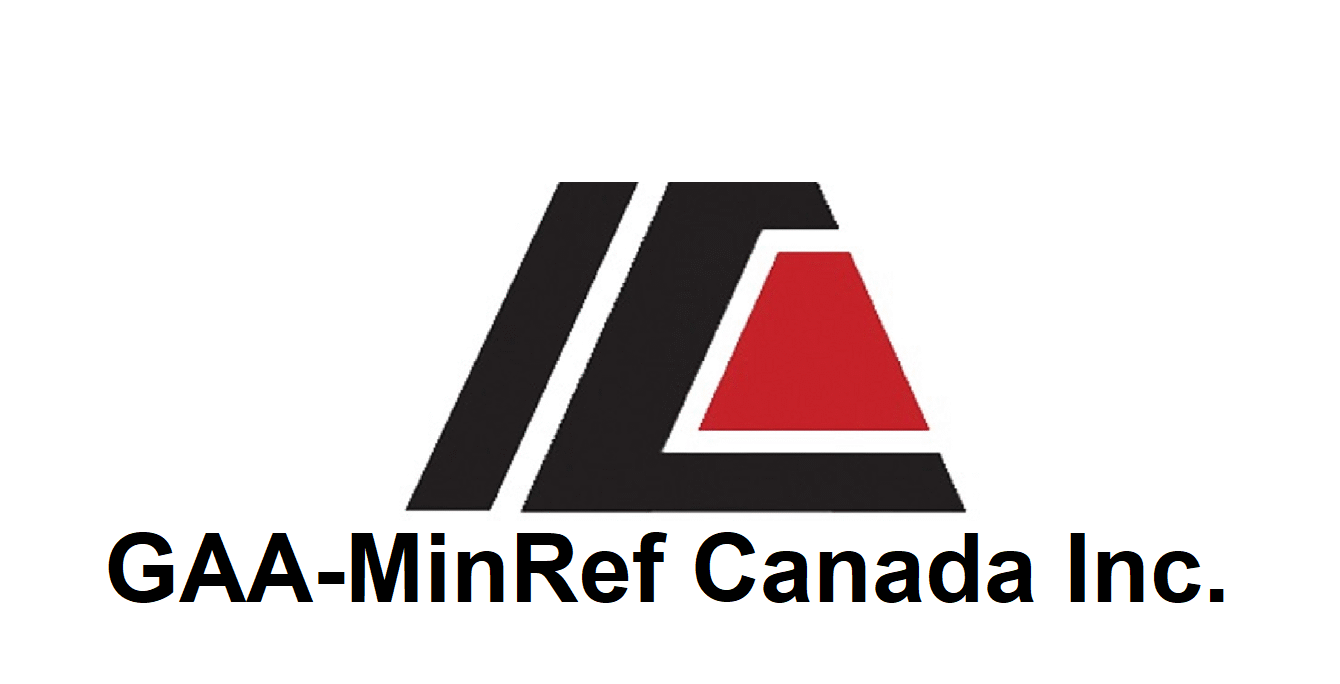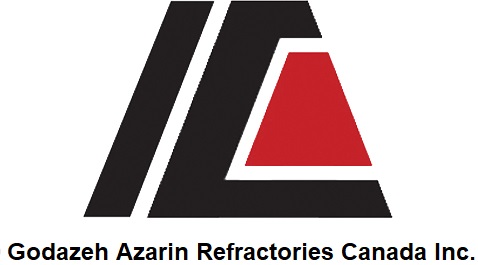shaped refractories
At GAA-MinRef Canada Inc., we specialize in the design and manufacture of high-performance shaped refractory products, engineered to meet the demands of today’s most intensive industrial processes.
All refractory pieces are custom-designed and manufactured based on detailed customer drawings and usage conditions, ensuring optimal performance in service.We manufacture a wide range of shaped refractory parts tailored to our clients’ specifications and operational requirements
Our company specializes in producing monolithic and precastrefractory components for Electric Arc Furnaces (EAFs), including delta and roof blocks, with unit weights of up to 16 tonsas , as well as complete sets of precast shapes for ladles and tundishes
Key Considerations in the Design and
Casting of Refractory Shapes
1. Mold Design & Material Selection
- Dimensional accuracy: Mold
materials must retain shape under vibration and heat. Steel, wood, or
high-strength resin boards are commonly used.
- Draft angles and parting lines:
Avoid sharp angles; use appropriate draft for de-molding.
- Surface finish: Smooth mold
surfaces minimize surface defects and sticking.
- Thermal compatibility: Avoid
using mold materials that expand/contract too differently from the castable.
2. Casting and Vibration Techniques
- Vibration control: Uniform and
adequate vibration reduces trapped air, voids, and segregation.
- Flowability and workability:
The castable formulation must allow even flow into complex shapes.
- Avoid over-vibration: Can cause
segregation of aggregates and weaken mechanical structure.
3. Drying and Curing Process
- Controlled drying: Essential to
prevent explosive spalling or microcracks.
- Stepwise temperature increase:
Use low-temperature hold (~110°C) to release free moisture, then ramp
gradually to 300–600°C.
- Curing: 24–48 hours at 20–25°C
and >95% RH is standard for hydraulic binders.
4. Thermal Shock Resistance
- Use of fibers: Addition of
polypropylene or ceramic fibers enhances crack resistance during initial
heating.
- Graded aggregates: Broad
particle size distribution improves packing and lowers porosity.
- Addition of expansion joints in
large shapes.
5. Mechanical Strength & Structural
Design
- Proper reinforcement: In large
shapes, stainless steel anchors or mesh can be embedded.
- Stress analysis: Use finite
element analysis (FEA) to identify high-stress zones.
- Shape optimization: Avoid sharp
corners and stress concentrators.
6. Material Properties and Formulation
- Low cement castables (LCC) and ultra-low
cement castables (ULCC) are preferred for higher density and strength.
- Dispersing agents:
Polycarboxylate or citrate dispersants reduce water demand and enhance
flow.
- Nano-silica or colloidal silica
bonding for better heat resistance.


